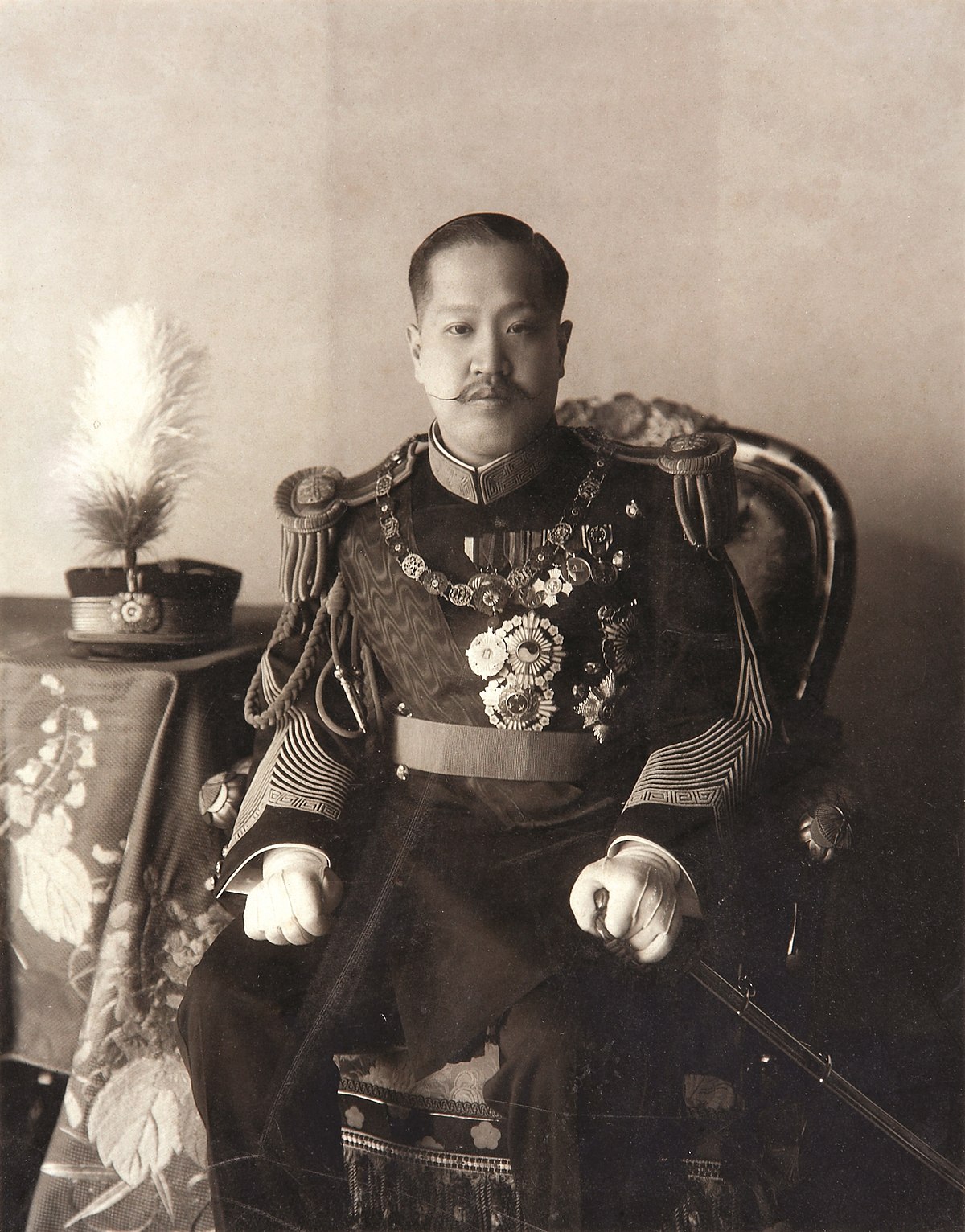
Korean Empire
Korean PeninsulaThe Korean Empire, proclaimed in October 1897 by King Gojong, marked the Joseon dynasty's transition into a modern state. This period saw the Gwangmu Reform, which aimed to modernize and westernize the military, economy, land systems, education, and industries. The empire existed until Korea's annexation by Japan in August 1910. The formation of the empire was a response to Korea's tributary relationship with China and the influence of Western ideas. Gojong's return from Russian exile led to the empire's proclamation, with the Gwangmu year as the beginning of the new era in 1897. Despite initial foreign skepticism, the declaration gradually gained implicit international recognition.
During its brief existence, the Korean Empire undertook significant reforms. The Gwangmu Reform, led by a mix of conservative and progressive officials, revived minor taxes to finance these changes, enhancing the imperial government's wealth and enabling further reforms. The army was modernized with Russian assistance until 1897, and efforts were made to establish a modern navy and promote industrialization. Land reforms aimed to better define ownership for taxation were initiated but faced internal resistance.
The Korean Empire faced diplomatic challenges, particularly from Japan. In 1904, amidst rising Japanese influence, Korea declared its neutrality, recognized by major powers. However, the 1905 Taft–Katsura Memorandum signaled U.S. acceptance of Japanese guidance over Korea. This preluded the 1905 Treaty of Portsmouth, which ended the Russo-Japanese War and confirmed Japan's influence in Korea. Emperor Gojong made desperate attempts at secret diplomacy to preserve sovereignty but faced increasing Japanese control and domestic unrest, leading to his abdication in 1907.[70]
The ascension of Emperor Sunjong saw Japan's firmer grasp on Korea with the 1907 treaty, increasing Japanese presence in government roles. This led to the disarmament and dissolution of Korean military forces and spurred armed resistance from the righteous armies, which ultimately was suppressed by Japanese forces. By 1908, a significant percentage of the Korean officialdom was Japanese, displacing Korean officials and setting the stage for Japan's annexation of Korea in 1910.
Despite these political challenges, the Korean Empire managed economic advancements. The GDP per capita in 1900 was notably high, and the era saw the beginnings of modern Korean enterprises, some of which survive to this day. However, the economy was threatened by the influx of Japanese products and an underdeveloped banking system. Notably, figures close to the Emperor played key roles in establishing companies during this period.[71]
